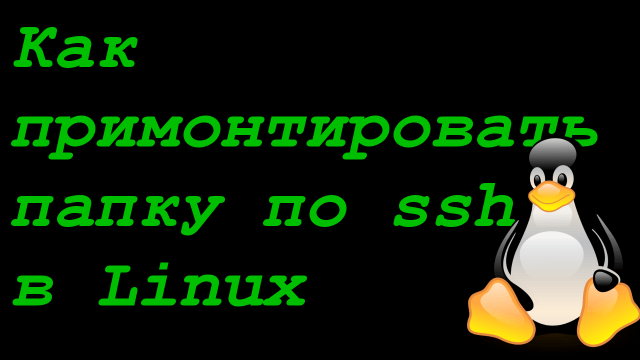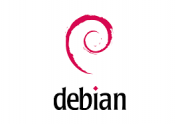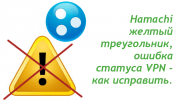
Looking for a way to seamlessly connect your local and remote systems? Today, I'll guide you through a simple, yet effective, method that harnesses the power of SSH and SFTP. You won't even need tools like NFS or Samba.
Benefits of Using SSH and SFTP for Remote Folder Mounting
- Security: With SSH, you get encrypted communication.
- Simplicity: Avoid complex configurations of tools like Samba or NFS.
- Flexibility: Great for various use-cases where you need to access remote data as if it's local.
Step-by-Step Guide to Mounting with SSHFS
- Installation: On an Ubuntu system (other distributions might slightly differ), start by installing
sshfs. Ensure you have root privileges.
apt install sshfs
Basic Mounting: Here’s how to mount a remote folder quickly:
sshfs [email protected]:/home/sanglyb /mnt
Authentication Using Keys: If you've set up key-based authentication, use:
sshfs -o IdentityFile=~/.ssh/id_rsa [email protected]:/home/sanglyb /mnt
Custom SSH Ports: Using a non-standard SSH port? No problem!
sshfs -p 10022 -o IdentityFile=~/.ssh/id_rsa [email protected]:/home/sanglyb /mnt
Auto-mounting with SSHFS: Want the folder to mount automatically? Add this line to
/etc/fstab:
sshfs#[email protected]:/home/sanglyb /mnt fuse defaults,idmap=user,port=22,allow_other,reconnect,_netdev,users,identityfile=/root/.ssh/id_rsa 0 0
Then, either reboot or run:
mount -a
Unmounting: To disconnect:
umount /mnt
Troubleshooting:
Encounter the "fuse: bad mount point `/mnt': Transport endpoint is not connected" error? Resolve it with:
fusermount -u /mnt
Conclusion:
Mounting a remote folder using SSH and SFTP is a straightforward and secure method. Whether you're a system admin or a tech enthusiast, this approach can make your operations efficient and hassle-free. Don't forget to share this guide with friends or colleagues who might benefit!
Share the article with your friends in social networks, maybe it will be useful to them.
If the article helped you, you can >>thank the author<<






